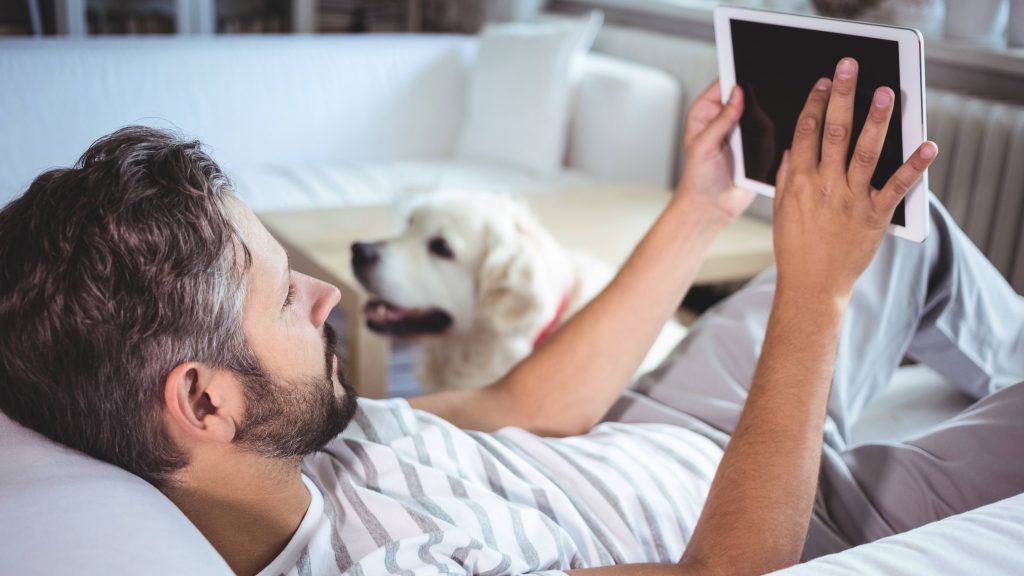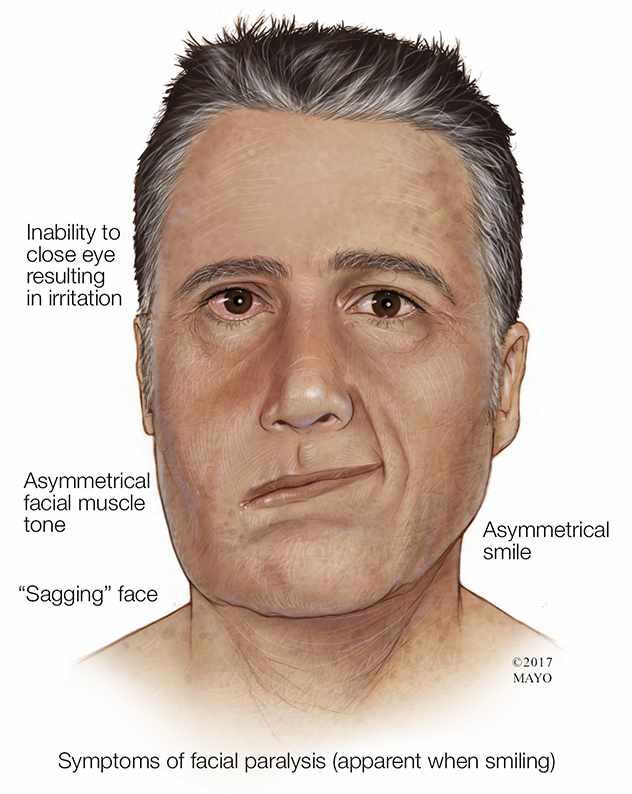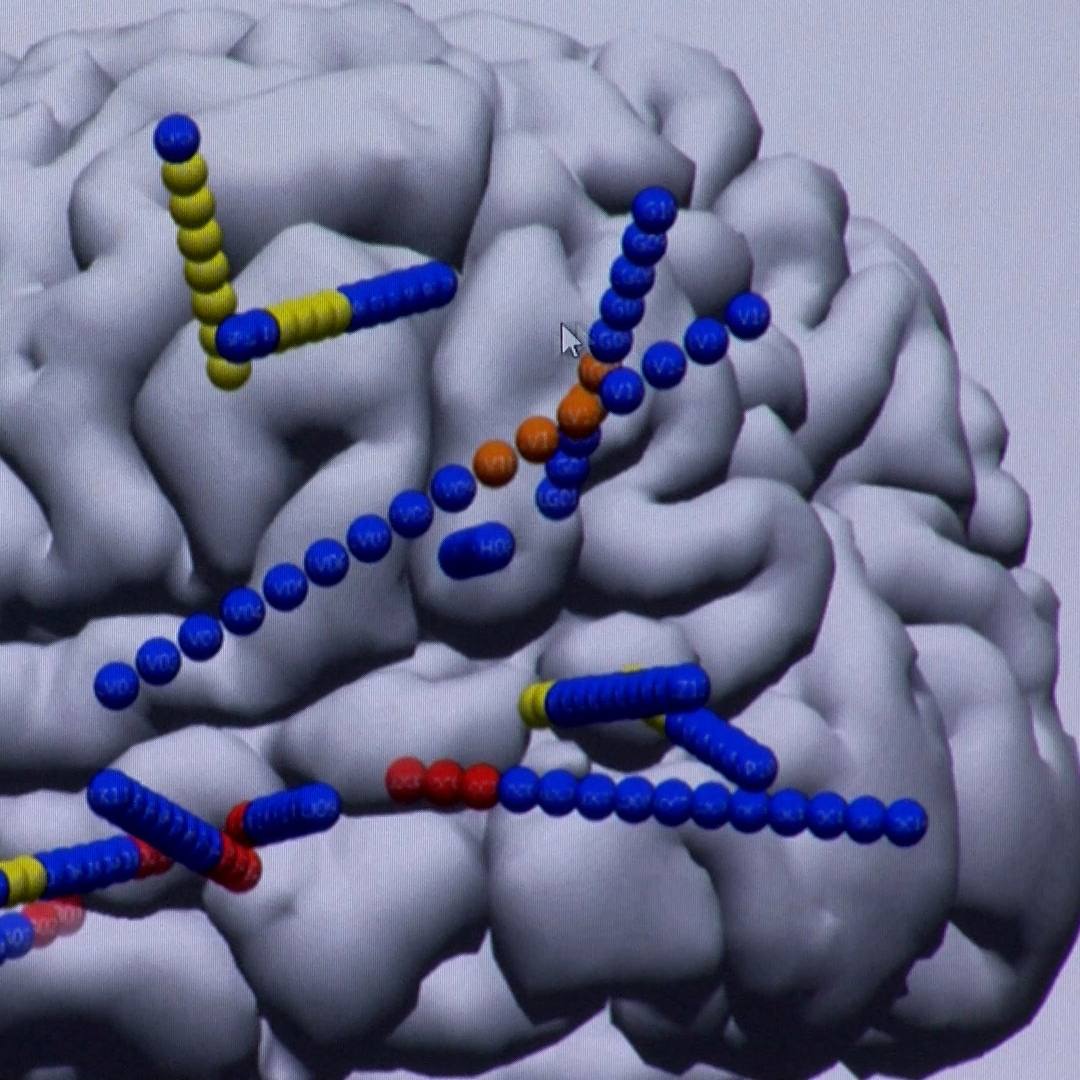-
Featured News
What’s the difference between quarantine and isolation?

Preventing the spread of the virus that causes COVID-19 is key to slowing the pandemic. People who have symptoms or who have suspected or known exposure to the virus, should practice self-quarantine or self-isolation. But what do the terms mean, and which should you do?
Dr. Clayton T. Cowl, a pulmonologist and chair of Mayo Clinic's Division of Preventive, Occupational and Aerospace Medicine, says that the terms are different, and people should know which one is the best option for their situation.
"The terms 'quarantine' and 'isolation' both refer to the act of separating a person with illness from others," says Dr. Cowl. "But the terms are different. Quarantine is used for someone who has no symptoms, and isolation is used when someone has been confirmed to have the disease. Isolation is typically more acute than quarantine."
Watch: Dr. Cowl discusses the difference between the terms quarantine and isolation.
Journalists: Broadcast-quality sound bites with Dr. Cowl are in the downloads at the end of the post. Please courtesy "Clayton T. Cowl, M.D. / Preventive, Occupational and Aerospace Medicine / Mayo Clinic."
Quarantine
"Quarantine is when we take someone who is completely asymptomatic and keep them away from everyone else in the event that they might develop the disease," says Dr. Cowl. "Usually, there's some reason why we do that. In other words, they've traveled to an area that has a very high prevalence of a disease or a condition."
Dr. Cowl says quarantine is also appropriate for someone who has been near someone with known exposure.
The Centers for Disease Control and Prevention (CDC) says people should stay in quarantine for 14 days from the time of the exposure if they have traveled to geographic areas where there is a large number of COVID-19 cases.
While in quarantine, Dr. Cowl suggests people take actions that include:
- Stay at a distance of at least 6 feet from other people in the home.
- If possible, stay in a separate room.
- Wash hands regularly with soap and water. If that's not possible, use hand sanitizer or disinfecting wipes.
- Wash surfaces regularly in the home.
- Avoid touching your face.
- Monitor daily for symptoms such as fever, cough and shortness of breath.
- If symptoms develop, call your health care provider or local hospital to see if you should be tested for COVID-19.
Isolation
"Quarantine is different from isolation," says Dr. Cowl. "Isolation is when we take somebody who is positive for the disease and keep them away from everyone else. If you’re in isolation and you're at home, you want to be isolated from your family members as much as possible. If you have access to even a basic surgical mask, you should be using that type of personal protective equipment."
"Sometimes you may not have another room to put them in, but if you can, stay outside of that 6-foot ring," says Dr. Cowl. "Don't breathe right in their face. If it's a partner or spouse, they shouldn't be sleeping together in the same bed during a time of isolation until they're taken out of that isolation period."
"Remember, it's spread by droplets, so if you wash your hands before you go in and after you go out, that will probably minimize most of the opportunity for the virus to spread at all. "
While in isolation, Dr. Cowl suggests people take actions that include:
- Stay in a separate room. If that's not possible maintain at least a 6-foot circle of space from others.
- Wear a mask when in the same room as others.
- Wear a mask when someone brings food or other necessities.
- Wash hands after interacting with others. Use soap and water. If that's not possible, use hand sanitizer or disinfecting wipes.
- Wipe down surfaces such as door knobs, cellphones, countertops and other areas touched.
Information in this post was accurate at the time of its posting. Due to the fluid nature of the COVID-19 pandemic, scientific understanding along with guidelines and recommendations may have changed since the original publication date.
Check the Centers for Disease Control and Prevention website for additional updates on COVID-19. For more information and all your COVID-19 coverage, go to the Mayo Clinic News Network and mayoclinic.org.
Related Articles







